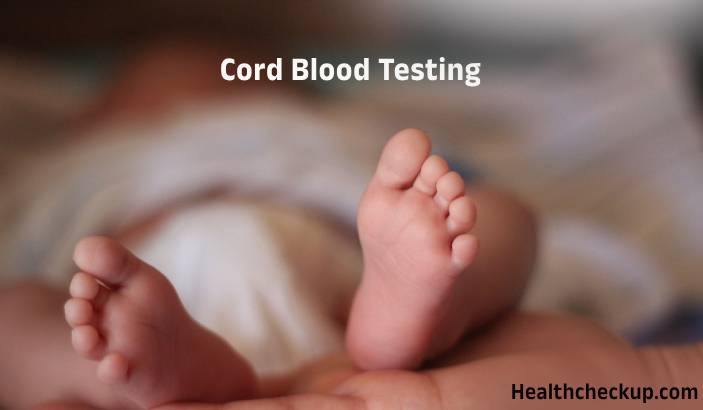Cord blood testing is a vital procedure conducted on the blood from the umbilical cord immediately after childbirth. This test plays a crucial role in assessing the newborn’s health status and future medical needs. Here, we explore what cord blood testing is, its purpose, how to prepare for it, the testing procedure, and what the results can mean.
What is Cord Blood Testing?
Cord blood testing involves analyzing the blood that remains in the umbilical cord and the placenta post-delivery. This blood is rich in stem cells, similar to those found in bone marrow, and can be used for medical treatments. The test itself measures various components and characteristics of the blood.
Purpose of Cord Blood Testing
- Detection of Genetic Disorders: To identify genetic conditions that could affect the newborn’s health.
- Blood Typing: Determines the blood type of the newborn, which is essential for blood transfusions and understanding potential neonatal jaundice.
- Screening for Diseases: Screens for infectious diseases that might have been transmitted from the mother to the baby.
- Future Medical Use: Cord blood is stored because it can be used in the treatment of several diseases, including leukemia and other cancers, immune deficiencies, and genetic disorders.
Preparation for Cord Blood Testing
- Parental Consent: Parents need to provide consent for cord blood collection and decide if they want to store the blood for private use or donate it to a public bank.
- Choosing a Cord Blood Bank: If storing, parents must choose a cord blood bank and understand the terms and conditions of storage.
- Maternal Health Screening: Mothers might be screened for infectious diseases prior to delivery as part of the preparation process.
Procedure of Cord Blood Testing
- Collection: Immediately after the birth of the baby, whether by vaginal delivery or cesarean section, and before the placenta is delivered, the umbilical cord is clamped and cut. Blood is then collected from the cord using a needle, which is painless and safe for both mother and baby.
- Transportation: The collected blood is transported to a laboratory or cord blood bank under controlled conditions.
- Testing and Processing: In the lab, the blood undergoes various tests to measure blood count, detect infections, and assess other blood components. If the blood is to be stored, it undergoes processing to extract stem cells, which are then cryopreserved.
Results of Cord Blood Testing
- Blood Type and Rh Factor: The baby’s blood type and Rh factor are identified, which are crucial for treatments involving blood products.
- Infectious Diseases: The tests can reveal if the baby has any infections, which need to be addressed immediately.
- Genetic Screening: Some tests might include screening for genetic disorders, providing early detection of conditions that could affect the baby’s development or health.
- Viability and Storage: If the blood is to be stored, the results will also indicate the viability of the stem cells and their suitability for transplantation.
Risks of Cord Blood Testing
- Infection Risk: Although the procedure of collecting cord blood is sterile and safe, there is a minimal risk of infection.
- Emotional and Financial Considerations: The decision to store or donate cord blood can carry emotional and financial implications for the family. Storage can be expensive, and the likelihood of the family ever needing to use the stored blood is relatively low.
Cord blood testing is a non-invasive, safe procedure performed soon after childbirth. It has a dual purpose: immediate testing helps in early detection of any health issues in the newborn, and storing cord blood can provide a valuable resource for future medical treatments. This testing is a critical step in modern neonatal care, offering potential life-saving treatments stemming from the rich stem cells found in cord blood. As medical technology and treatments advance, the value and utility of cord blood are likely to increase, making it an important consideration for new parents.
I specialize in writing about health, medical conditions, and healthcare, drawing extensively from scientific research. Over the course of my career, I have published widely on topics related to health, medicine, and education. My work has appeared in leading blogs and editorial columns.









